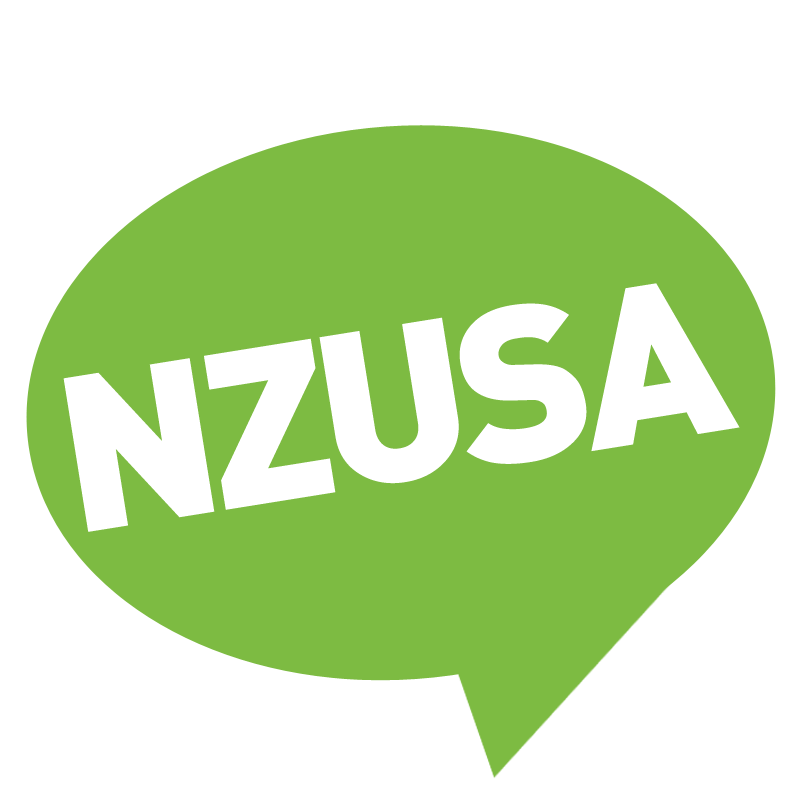History
Since the inception of the 1992 Student Loan Scheme, NZUSA and Te Mana Ākonga have been lobbying the government to reform the system and introduce a universally accessibly system of student support.
The 1990’s represented a turning point in New Zealand’s tertiary education system, resulting in the introduction of a user-pays system for tertiary education – the Student Loan Scheme. Although the educational reforms that took place in the 1990s have become accepted as the status quo, this system is less than thirty years old. New Zealand’s Student Loan Scheme is responsible for New Zealand being the 7th highest country in the OECD for student debt, which is currently above $16B.
The high cost of fees limits study and life choices for many current students, prospective students and recent graduates. It has created a barrier of access and full participation in the tertiary education system, across universities, polytechnics and wānanga.
Up until 1992, 86.4% of students studying at a public tertiary education institution (TEI) receive a living allowance or grant while they studied. Prior to the mid-1970s, student support was provided through government bursaries (Fee Bursaries; Fees and Allowance Bursar and; Masters’ Bursary). In 1976, a new system of government funded tertiary bursaries was introduced. This included a study or living costs grant available to most students.
In 1989, the Fourth Labour Government introduced the Youth and Student Allowance scheme. This scheme included an element of means-testing, which paved the way for further reforms of successive governments and moved the system of support further away from the universal system of support prior to 1976. In the 1991 ‘Mother of All Budgets’, further changes were made to extend the means-testing requirements of Student Allowances. Despite modest changes to the amount of the Student Allowance in 2018[1], the stringent criteria to access the Allowance, including parental means-testing, have remained. Allowances begin to abate on a combined parent income of $56,888.52. Once a students’ combined parental income hits $106,372 ($98,654 if a student doesn’t live with them), students are deemed ineligible for an allowance.
There remain two ways that students can access weekly financial support from the government: Student Allowance and Living Costs. Student Allowance is available only to a limited number of students (approximately 33%) and is not added to a student’s loan. The criteria for students being able to access the Student Allowance is very stringent – it’s available only to undergraduate students and is means-tested against the parental income of the student until they are 24 years old. Eligibility for Student Allowance continues to be marked against strict criteria, which has changed very little during the almost 30-year history of the Student Loan Scheme. The only substantive change during this time is the removal of the post-graduate allowance in 2014. Although the current Labour, New Zealand First and Green Party coalition government promised to reinstate the postgraduate allowance, and despite strong calls from students, we are still waiting for this.
The strict criteria for Student Allowance assumes that students younger than 24, whose parents have a combined income above the threshold amount, are receiving parental support. But there are a number of reasons why this assumption is wrong. Firstly, as housing and other costs for families are increasing, the parents of high-school leavers are increasingly likely to be carrying their own debt and are therefore unable to support their children in tertiary education. Secondly, this provision discriminates against students who come from large families. Statistically, Māori and Pasifika people have larger families and therefore this situation is exacerbated even further. Living Costs, on the other hand, is added to a student’s loan. The maximum weekly amount is $239.76 per week. Living Costs are only paid to full-time students.
[1] From 1 January 2018, Student Allowances and Living Costs increased by $50 per week.

